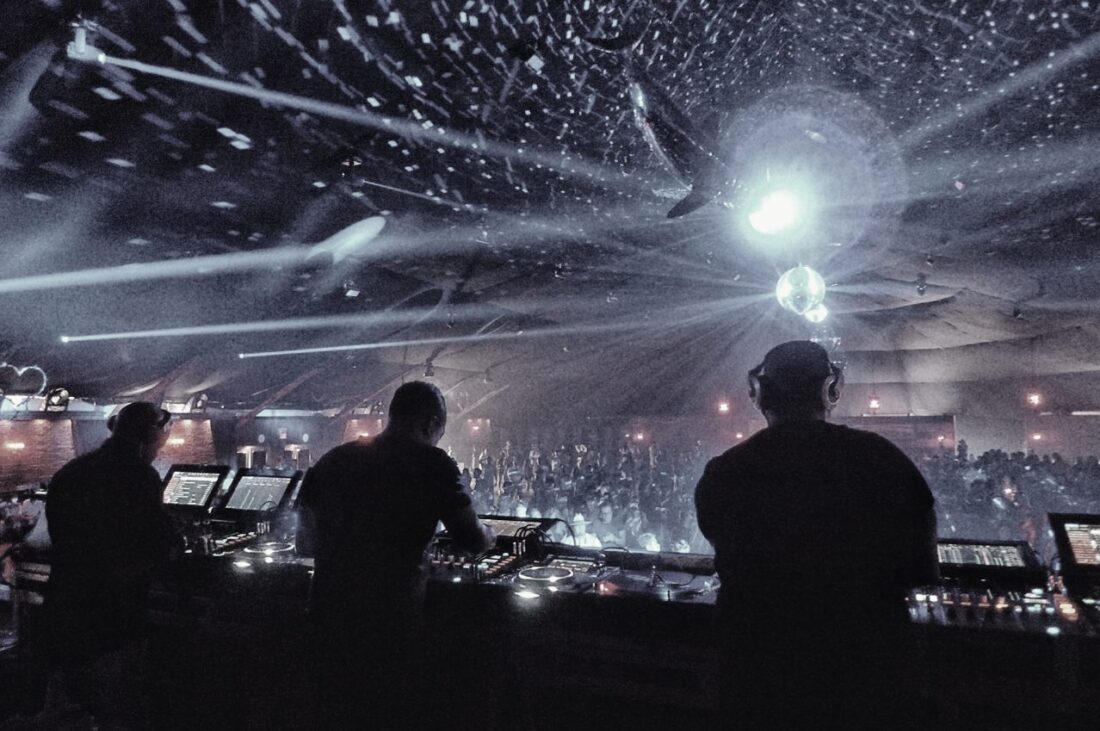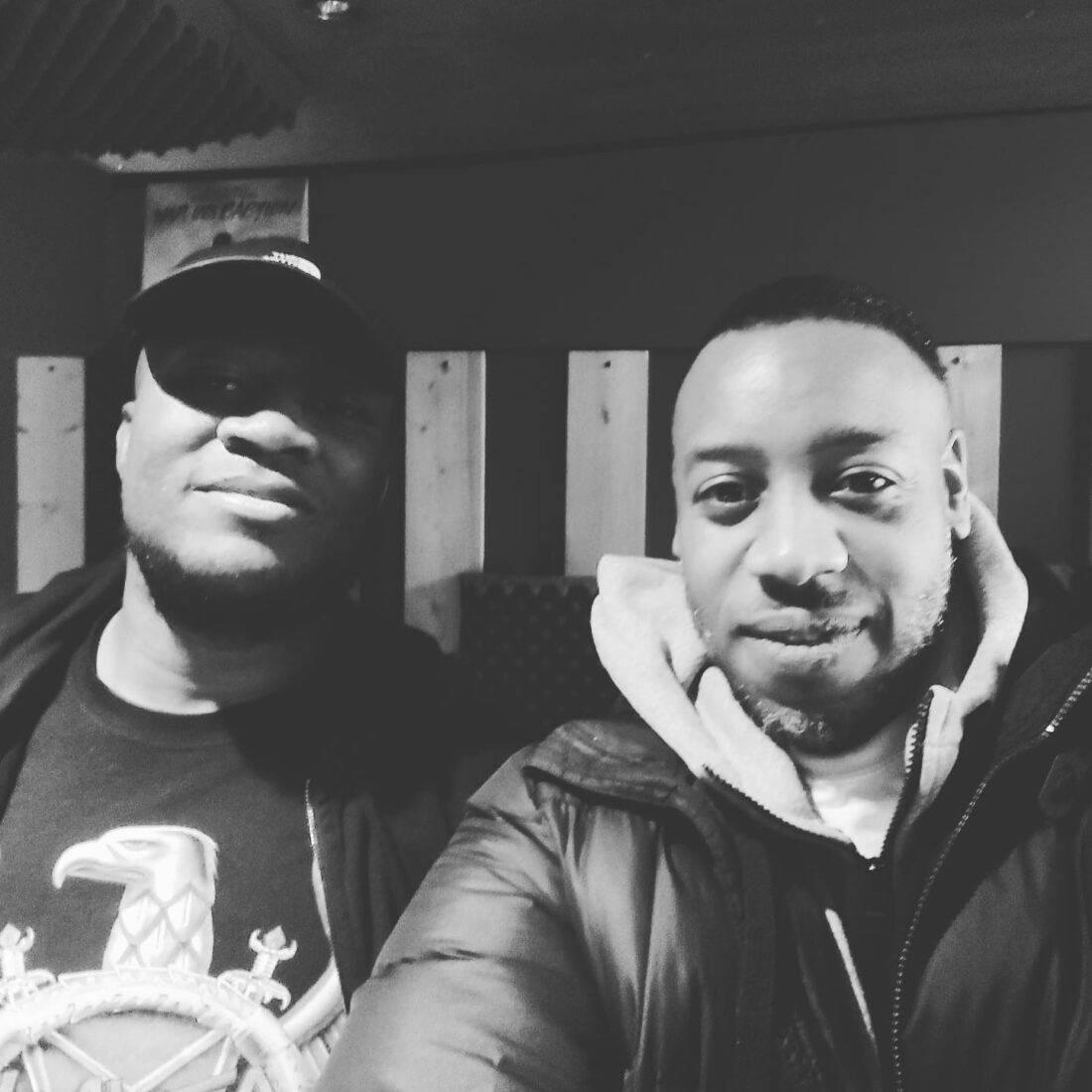In a sea of glitter, sweat, dancing, and unforgettable experiences, there is a very real and powerful feeling that is exclusive to a minority of ravers.
As a Black raver, the instant sense of camaraderie I feel when I see another Black person in the crowd is like finding a long-lost friend. There is a sense of recognition and kinship when you’re walking through a crowd and you see some melanin glistening with the flash of the lasers.
It’s nice to feel seen by seeing someone who looks like you and shares not only your love for EDM but your experience of finding belonging in a place that is no longer as culturally familiar as it once was.
Let’s be real, we’re not represented in the way we should be but in reality, we’re out here! Our families and community at large are still confused and clowning us for listening to “white people music”, but it’s time to re-spill the hot tea, electronic dance music is ingrained in Black history, Black music, and Black culture.
With this in mind, we all need to recognize, remember, and respect that Larry Levan, Frankie Knuckles, Ron Hardy, The Belleville Three, and Digital Mystikz walked so Skrillex, Kaskade, and Subtronics could run.
Disco’s Demise Lets House Music Arise
House music can be traced back to the 1970s when Black DJs started experimenting with disco, funk, and soul records to create a new sound for the dancefloor.
These DJs, who often played in gay clubs and underground venues, looped the most danceable parts of records and layered them with electronic instruments to create a futuristic sound inspired by Black musical traditions.
The genre emerged in the mid-1980s in Chicago, where Frankie Knuckles played at The Warehouse, a predominantly Black and gay club where the music flourished.
Meanwhile, in New York, Larry Levan, a resident DJ at the Paradise Garage, also played a key role in developing and popularizing the genre.
As house music grew more popular, it brought people of all backgrounds together, exposing the vibe to more mainstream audiences, leading to the beginning of the white-washing of the scene.
Today, house music remains a powerful expression of Black culture and identity, continuing to shape dance music and club culture around the world.
High School Homies Spark a Techno Revolution
The story of Detroit Techno is one of innovation, collaboration, and a deep love of music.
In the early 1980s, a group of young musicians and DJs in Detroit like Kevin Saunderson and DJ Minx began experimenting with electronic instruments and production techniques.
Juan Atkins, often called the “Godfather of Techno,” was the first to experiment with electronic music and the first to use the term “techno” to describe this new style of music.
Drawing inspiration from bands like Kraftwerk and Parliament-Funkadelic, the community of artists created a new kind of music that blended elements of funk, soul, and electronic music.

From Dub to Digital Mystikz: Bass Music is Born
The origins of bass music can be traced back to dub, a subgenre of reggae that surfaced in Jamaica in the late 1960s. Dub was characterized by its emphasis on bass and drums and its use of reverb, echo, and other effects. These characteristics eventually laid the groundwork for the development of bass music.
In the early 2000s, a group of Black British artists, Digital Mystikz, emerged as leaders in the bass music scene. Composed of Mala and Coki, Digital Mystikz drew on the sounds of dub and other Jamaican music to create a distinctive sound identified by heavy basslines and skittering rhythms.
Digital Mystikz was part of a larger movement of Black British musicians who pushed the boundaries of bass music and brought new sounds and ideas to the genre. These musicians helped to establish bass music as a powerful force in electronic music and beyond.
From its roots in Jamaican dub to the cutting-edge sounds of Digital Mystikz and Benga, bass music has been shaped by the experiences of Black musicians and the communities they represent.
Though it didn’t blow up until 2010, Bass music is a quickly growing genre expanding to include subgenres like riddim, future bass, experimental bass, drum and bass, and dubstep.
We have Black artists like Coki and Benga to thank for that.

So, What I’m Saying Is…
The history of Black people in EDM is rich and multifaceted, and Black ravers must know and feel that they have a place in the EDM community. Don’t overlook the contribution of Black artists, musicians, and music lovers and how they have shaped the genre.
From the beginning, the culture of raving has always been a space for Black people to express themselves, dance, and celebrate together. It is important that we honor this history and continue to support and uplift Black voices throughout the EDM community.
To all Black ravers please remember, this IS your music, this IS your community, and this IS your culture. You belong here.
I encourage you to continue your rave journey with pride, knowing that you are an essential part of the history and evolution of EDM. Don’t be afraid to embrace your roots and your history within the genre.
Keep dancing, keep creating, and keep pushing boundaries. Know your contributions are valued, appreciated, and something to celebrate year-round.
I see you.
Featured photo provided by Resident Advisor.







